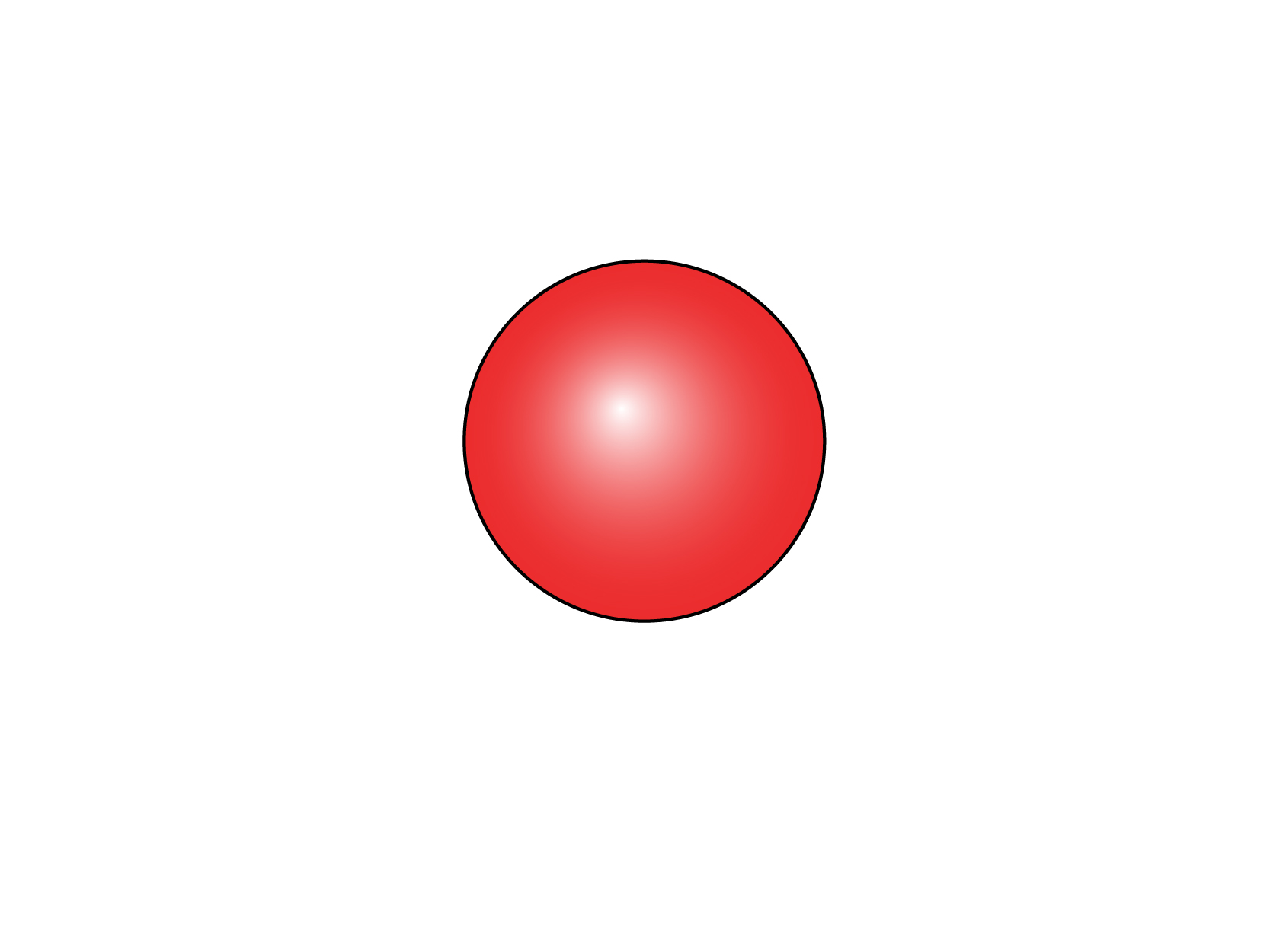

However, elemental O and N are both commonly found as diatomic molecules O 2 and N 2. Same is true for O or N or actually any element. C is the atomic symbol for carbon and can represent not only the element, (but one or more) atoms of the element, as well as the element as it exists in the understood (implied) conditions. Oxygen isn't always O 2 but can be formed (in the upper atmosphere or in some reactions) as O 3.Ĭhemists mix and match their terminology somewhat freely when it doesn't matter much, but try to be as specific as possible when it does.Ĭontext is important. But, if you are talking about reactions, it is usually worth describing the molecular form of the element you are talking about. It matters little which version you use to describe the element. We might talk about sulfur as S or, if we care about the allotrope we might specify S 8, though there are others common in the lab. Carbon, however, is usually found as a solid and never as a simple molecule (diamond and graphite are both covalently bonded solids) sort is rarely useful to describe its normal molecular form as there isn't one. Nitrogen is also mostly found in pure form as a diatomic gas (N 2).
OXYGEN ATOM FREE
Since this is by far the commonest way we find free oxygen in nature we often describe it this way anyway unless there is a reason not to. Oxygen is usually found as a diatomic gas (which is why we write O 2). Then it isn't enough to describe just the element, we need to know something about how it is found under normal conditions. But sometimes we need to describe how the element appears in the world or in chemical reactions. When we are just talking about the element, then just using the symbol by itself is clear.

However, no tetraoxygen - a hypothetical complex of four oxygen atoms - was found.Sometimes we use terminology a little loosely. Depending on the temperature, the oxygen molecules can then split into two individual oxygen atoms. It turns out that the oxygen molecules can be attached to the metal oxide in different ways - either on the titanium atoms at the surface or at certain positions, where an oxygen atom is missing. “This functionalization of the tip by placing a very specific atom on it has been developed in recent years, and we are now showing for the first time it can be applied to metal oxide surfaces,” says Setvin. In this way, the geometry of the oxygen deposits on the metal oxide can be examined in detail.
OXYGEN ATOM FULL
Since no current flows and the oxygen atom never comes into full contact with the surface, this method is extremely gentle and does not change the atoms on the metal oxide surface. The oxygen atom thus serves as a highly sensitive probe to examine the surface point by point. A special trick was decisive - the functionalization of the tip: “A single oxygen atom is first captured by the tip of the atomic force microscope and then moved across the surface,” explains Igor Sokolovic.

In this case, no current flows, but the force that acts between the tip and the surface is measured. Here too, a thin tip is moved across the surface. The Vienna scientists used an atomic force microscope instead.


 0 kommentar(er)
0 kommentar(er)
